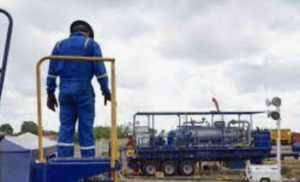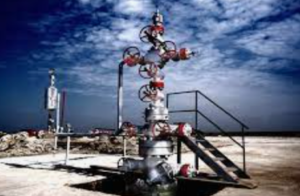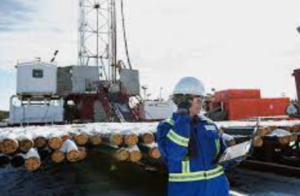The latest report from Baker Hughes reveals a nuanced picture of the U.S. oil and gas industry, with rig counts fluctuating across key regions. While the overall U.S. rig count experienced a slight decline, the Permian Basin saw an increase in activity, highlighting its continued significance in the nation’s energy landscape. At the same time, crude oil and natural gas prices have shown modest declines, reflecting ongoing market volatility. This report provides an overview of the current state of rig activity and production trends, with a particular focus on the Permian Basin’s performance and its impact on the broader industry.

Overall U.S. Rig Count:
- Decreased by one unit to 585 as of August 23, 2024.
- Down 47 rigs year-on-year and from 622 at the start of 2024.
Oil and Gas Rigs:
- Oil rigs: Unchanged at 483, 29 fewer than last year.
- Gas rigs: Decreased by one unit to 97, 18 fewer than last year.
Regional Rig Activity:
- Texas: Increased by one unit to 274, but down 33 rigs year-on-year.
- Permian Basin: Up three units to 306, but down 14 rigs year-on-year.
- Texas Eagle Ford: Lost one rig, standing at 47.
- Anadarko Basin: Gained four rigs, reaching 36.
- Bakken (North Dakota): Lost two rigs, standing at 34.
Smaller Fields:
- Arkoma Woodford (Oklahoma): Lost one rig, now at one rig total.
- Mississippian Play (Kansas): Lost its last two rigs, now at zero.
Permian Basin Production:
- Projected to average 6.31 million barrels per day (bpd) in 2024.
- Expected to increase to 6.63 million bpd in 2025.
Crude Oil Prices:
- NYMEX WTI closed at $74.83 per barrel for September 2024 contract, down 1.1% for the week.
- ICE Brent futures for October 2024 settled at $79.02 per barrel, down 0.8%.
Natural Gas Prices:
Henry Hub September 2024 contract closed at $2.02 per mmBtu, down 5% for the week.
In summary, the recent trends in U.S. rig activity underscore the dynamic nature of the oil and gas industry. Despite the overall decrease in rig counts, the Permian Basin continues to demonstrate resilience and growth, reaffirming its role as a critical driver of U.S. energy production. However, fluctuations in crude oil and natural gas prices remind us of the market’s inherent volatility. As the industry navigates these challenges, the focus will likely remain on optimizing production in key areas like the Permian while adapting to changing market conditions. The ongoing developments in rig activity and pricing will be crucial indicators of the industry’s direction in the coming months.

















